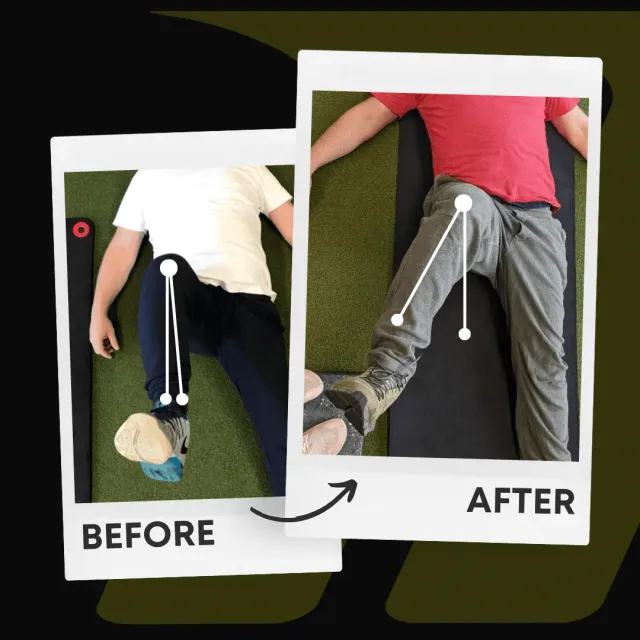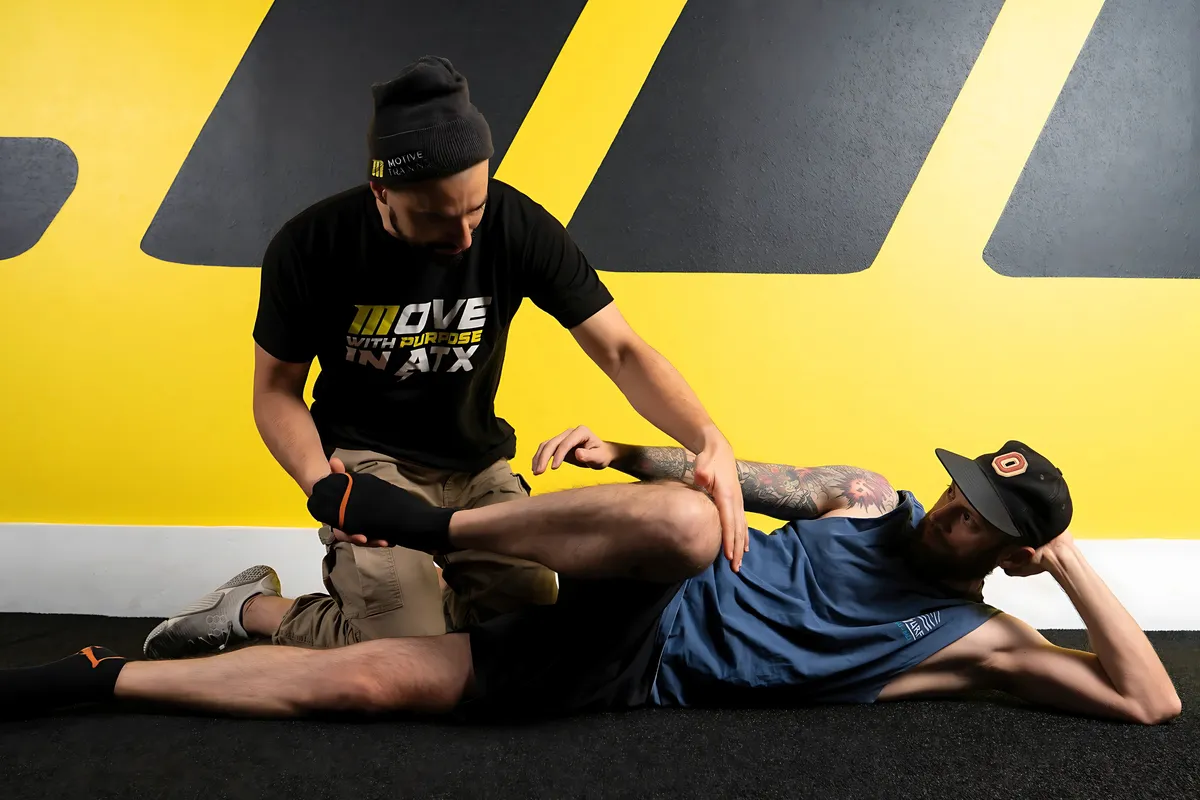You Can't Move Where You Can't Move
December 10, 2021 | Assessments
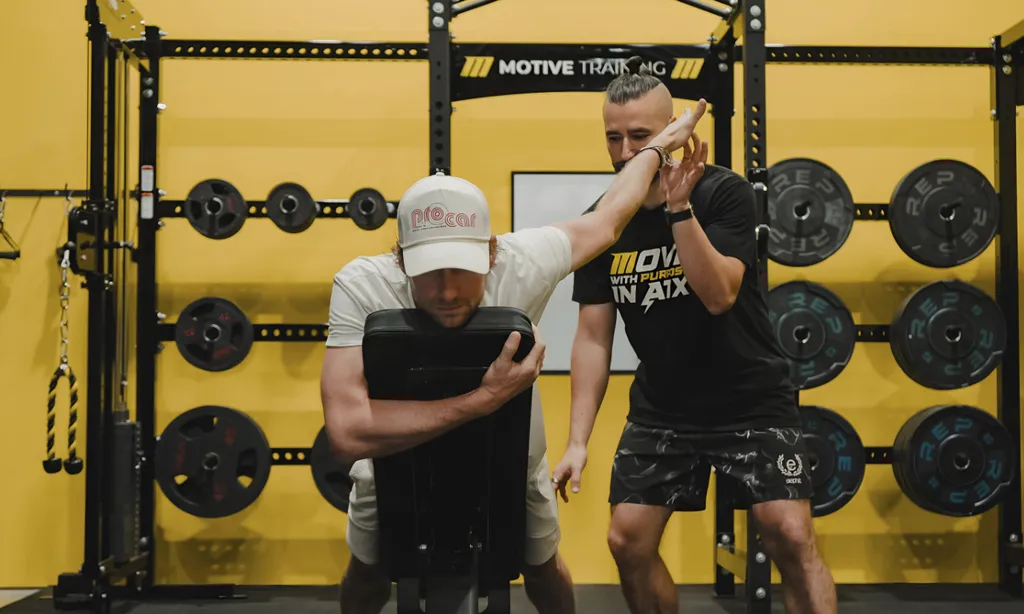
If you read our previous articles, you know that your body moves—and has moved—because of the information it has received since the day you were born. You move based on what your body has perceived it needs to accomplish a given task.
Therefore, your body as a movement system is beholden to the inputs that have been put into it over time; this includes everything under the sun, but some easy examples are workouts, injuries, daily activities (e.g., work), etc.
It’s a difficult concept to grasp because we want to think our bodies inherently do what’s best for our conscientious selves, but that’s only sometimes the case. The body’s goal is to accommodate to its environment to maintain equilibrium; it is not to make you the healthiest, most mobile person you can be.
The Path Of Least Resistance
Your body is like a pathfinder, always seeking the path of least resistance. This means it will naturally choose the easiest way to move in order to maintain homeostasis. It only adapts when it’s absolutely necessary, which can lead to movement limitations.
We see this all the time in the gym. People move how they know how to and not in any other way. When we get them to do things they’re not used to, we often see limitations in movement or unfamiliarity with tricky movements.
This is why I love this quote by Dr. Andreo Spina, Founder of Functional Range Conditioning,
“You can’t move where you can’t move.”
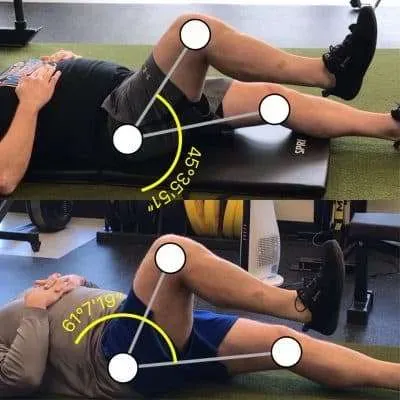
Understanding this concept can be empowering. Your body might be unable to access specific joint ranges of motion because it was never exposed to them or because you relied on what you knew (i.e., the path of least resistance).
Our Goal Is To Give You More Options.
Meet Sarah, an entrepreneur and mom of 3 who came to Motive Training to get back into shape and learn to move her body. Sarah’s main goal was not to increase her mobility, per se. Still, we showed her (through our assessment process) that given her limited range of motion, especially in her hips, she could only move in particular planes. Sarah’s story is a testament to the transformative power of personalized training.
A lightbulb immediately went off for Sarah. When she did yoga, things never felt right. When she took boot camp classes, she felt like she couldn’t achieve what was asked of her.
Why?
Because Sarah’s body accommodated a specific way of movement and then stuck to that.
All Joints Are Rotational.
Without getting into too much detail, it’s safe to assume that almost every joint in the human body is rotational aside from the spine (a flexion-/extension-based joint system). This means that the priority of movement lies in creating and maintaining joint rotation to have a healthy body. If a joint can rotate, it can accept variable inputs better because it has more freedom to do so. Conversely, if it cannot rotate, it will inevitably be less likely to move freely in all planes of movement. Rotation is crucial when it comes to moving well.
This is why we look at a joint’s ability to rotate during our Functional Range Assessment (FRA). The FRA is a comprehensive evaluation that helps us identify any significant hip rotation limitations that need work, like those we found in Sarah.
Editor’s Addition: This seems redundant, but I can’t stress this enough. If a given joint can rotate, it can accept variable inputs better because it has more freedom to do so. Conversely, if it cannot rotate, it will inevitably be less likely to move freely in all planes of movement. Rotation means everything when it comes to moving well. -Brian
What Did We Do Next?
Over the next few months, we used principles from Functional Range Conditioning (FRC) and more directly attacked Sarah’s hip external rotation.
We showed how her lack of rotation led to other issues (e.g., awkwardness when trying to squat and deadlift) and taught her the essentials of stretching and CARs. Finally, we did deep hip work, focusing on opening her hip from the inside out (see video below).
Six months later, we significantly increased Sarah’s hip range of motion, as shown in the picture. And what happened?
After six months of dedicated work, we significantly increased Sarah’s hip range of motion, as shown in the picture. The result? Sarah felt better, moved better, and generally felt stronger. We hammered her with squats and deadlifts and showed her how to complete her body and hip to achieve more tasks like squatting and deadlifting. It was a moment of triumph for Sarah and a testament to the power of personalized training.
Boom!
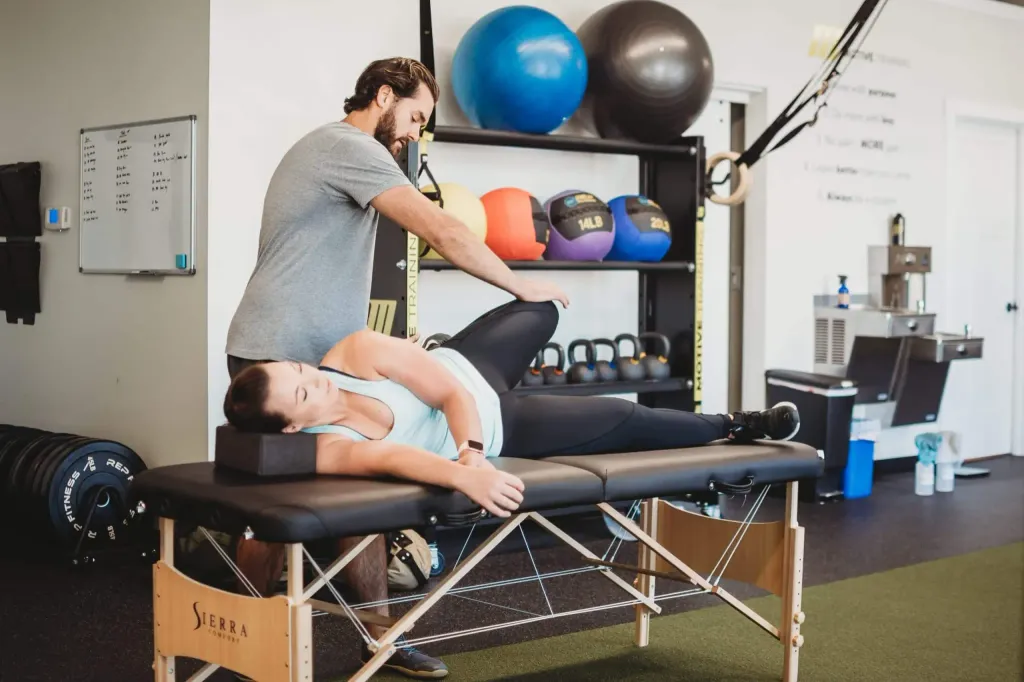
Our goal is to show you how to actually move your body in a way that leads to real, sustainable change.
You don’t have to spin your wheels anymore. If movements feel awkward, like they did for Sarah, reach out, and we’ll show you a better way—guaranteed.
Written by
Brian Murray, FRA, FRSC
Founder of Motive Training
We’ll teach you how to move with purpose so you can lead a healthy, strong, and pain-free life. Our headquarters are in Austin, TX, but you can work with us online by signing up for KINSTRETCH Online or digging deep into one of our Motive Mobility Blueprints.
